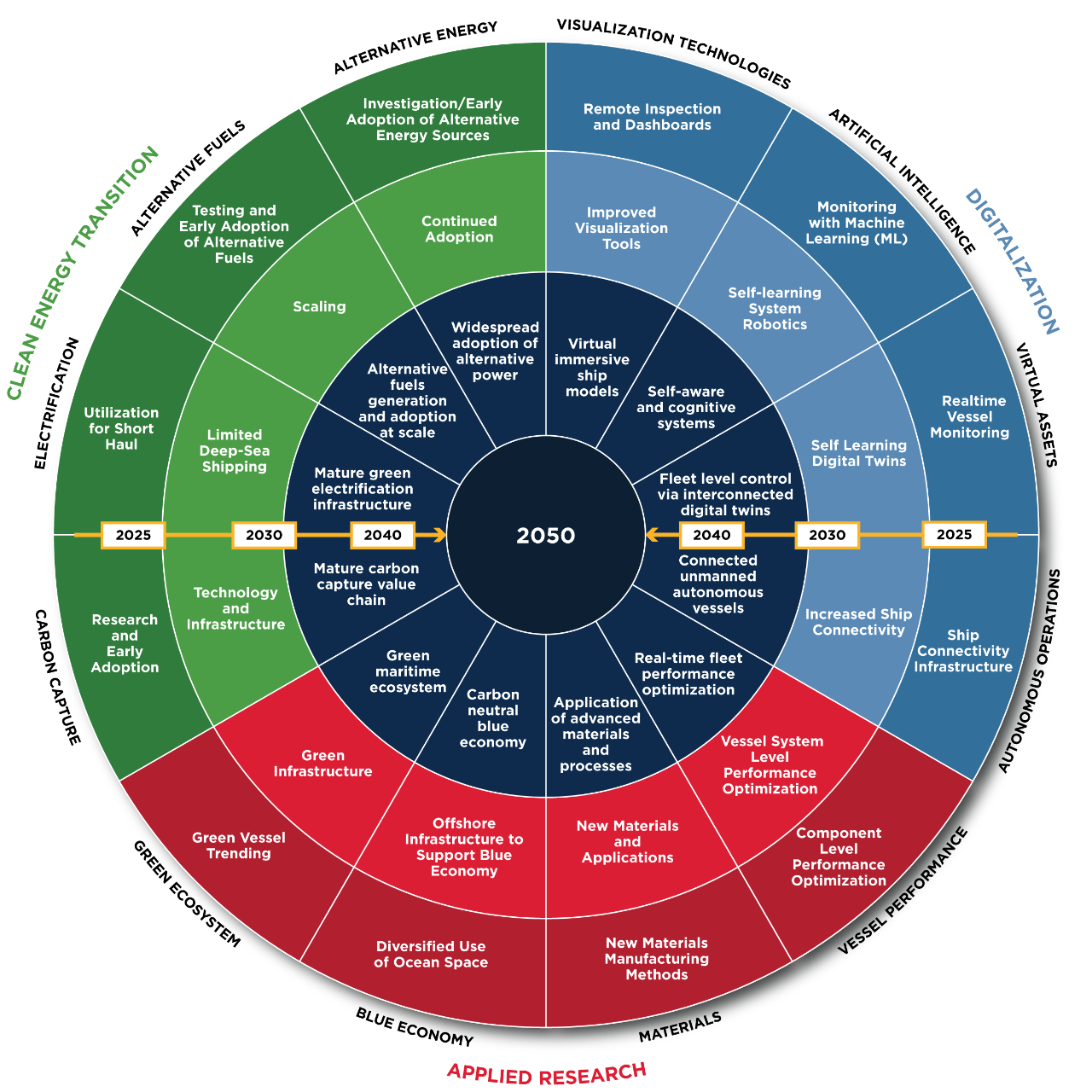Quick Links
- Rules and Resources
-
Services
Quick Links
Sustainability and Decarbonization- Energy Efficiency Existing Ship Index (EEXI)
- Sustainability Reporting and Assurance
- Simulation-based Energy Efficiency Evaluation Service (SIM EEE)
- Greenhouse Gas (GHG) Rating Improvement
- Greenhouse Gas Inventory and Carbon Accounting
- Carbon Capture, Utilization, and Storage (CCUS)
- Alternative Fuel Options
- Alternative Power Sources
- Marine Sustainability
- Offshore Sustainability
- Green Shipping Corridors
- Methanol Value Chain
- Gas
- Carbon Intensity Indicator (CII)
- Ammonia Value Chain
- Carbon Diligence Platform
- Innovation and Technology
-
News and Events
Quick Links
-
About
Quick Links
- Rules and Resources
- Services
- Innovation and Technology
- News and Events
- About Us and Careers
- Rules and Resources
- Rules and Guides
- Regulatory Updates
- Flag and Port State
- Engineering Software
- Engineering Reviews
- ABS MyFreedom™ Portal
- Databases
- Forms
- Services
- Classification
- Approval and Certification
- Company and Ship Audits
- Global Marine
- Global Offshore
- Global Government
- Sustainability and Decarbonization
- Digital Solutions
- Cybersecurity
- Maritime Training
- Innovation and Technology
- Technology Advancement
- Academic Engagement
- Industry Partnerships
- Data and Digitalization
- Knowledge Center
- About Us and Careers
- Who We Are
- Safety
- Careers
- Contact Us
EXPLORING THE FUTURE OF MARINE AND OFFSHORE INNOVATION
This publication provides insight into potential future developments for several emerging technologies set to revolutionize the marine and offshore industries.
The maritime industry is no stranger to innovation, but like much else in business, the process is cyclical. New ideas and approaches tend to come in waves rather than in a steady stream, inundating stakeholders with new technologies and regulations that often bring more uncertainty than guidance.
Today, our industries are facing complex challenges on the journey to net-zero emissions, both in how to approach decarbonization and in how to apply a new wave of technologies poised to revolutionize marine and offshore sectors alike. In Technology Trends: Exploring the Future of Maritime Innovation, the latest publication from ABS, we aim to provide clarity in uncertain times.
As we evaluate the role these advanced maritime technologies could potentially play in the industry and how we can support their implementation, we recognize that they fit into three key areas that reflect broader industry trends: digitalization, applied research and the clean energy transition.
Digitalization
The digitalization of the global fleet could play an essential role in the broader journey to decarbonization. Advances in connectivity, visualization, artificial intelligence, machine learning, vessel digital twins and simulations have the potential to improve efficiency and reduce costs throughout a maritime asset’s lifecycle. These emerging technologies can also serve to enable autonomous and remote-control functions that could further optimize systems.
Applied Research
Research into new materials, design approaches and manufacturing processes offer exciting new possibilities. Nanotechnology, biomimicry, additive manufacturing and computer-aided engineering (CAE)-driven generative design could each play roles in improving the efficiency of the global fleet. As technologies advance, it will also be important for stakeholders to be mindful of the sustainable economic use of ocean space. Infrastructure like offshore windfarms and charging hubs would be important for decarbonized vessels and assets.
Clean Energy Transition
The driving force for many of these emerging technologies is the IMO’s emission-reduction targets for 2030 and 2050. While new technologies in digitalization and design have the potential to optimize and improve efficiency, finding new ways to power vessels or control emissions will be crucial on the journey to decarbonization. Carbon capture systems could aid in the production of blue fuels or bridge the gap to zero-carbon fuels by using them on board vessels. As renewable energy sources scale up, new types of energy storage systems could power several functions for vessels. Meanwhile, advances in alternative fuels like hydrogen and ammonia or alternative energy sources like nuclear power offer the potential to reduce reliance on fossil fuels.
These technologies represent significant industry paradigm shifts: future fuels and energy sources, approaches to design and construction that reflect digital processes, software that empowers people and analysis that feeds back into the design and production phases. These shifts demand we approach them with a fresh mindset and new tools, setting our industry on a clear course to net-zero by leveraging new technologies.
In this publication, we set forth a roadmap of how we propose addressing the industry’s urgent needs and showing the leadership it expects. In evaluating these new technologies, we can see what is possible for shipping and offshore — and work to deliver it.

© 2024 American Bureau of Shipping. All rights reserved.




































